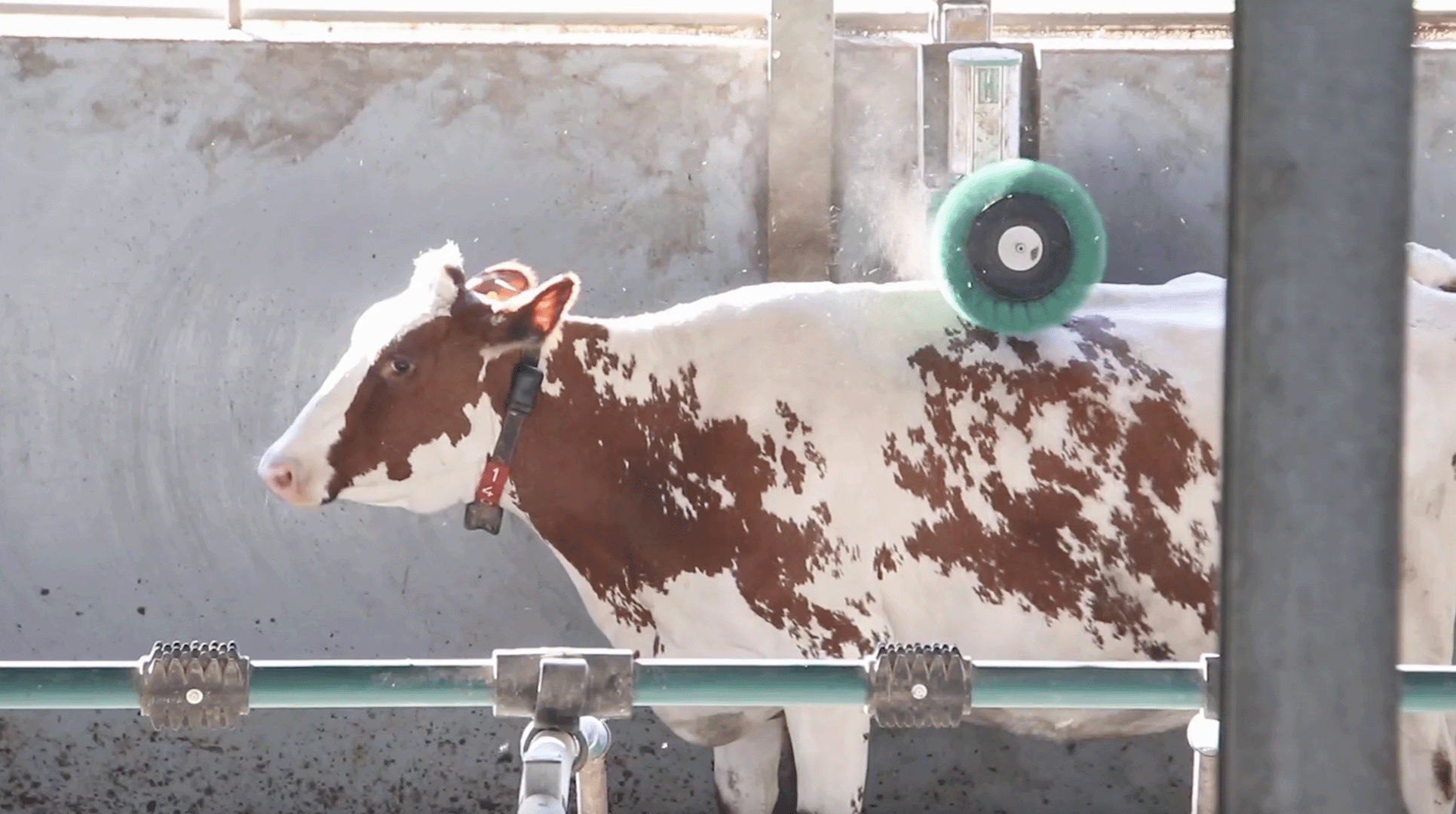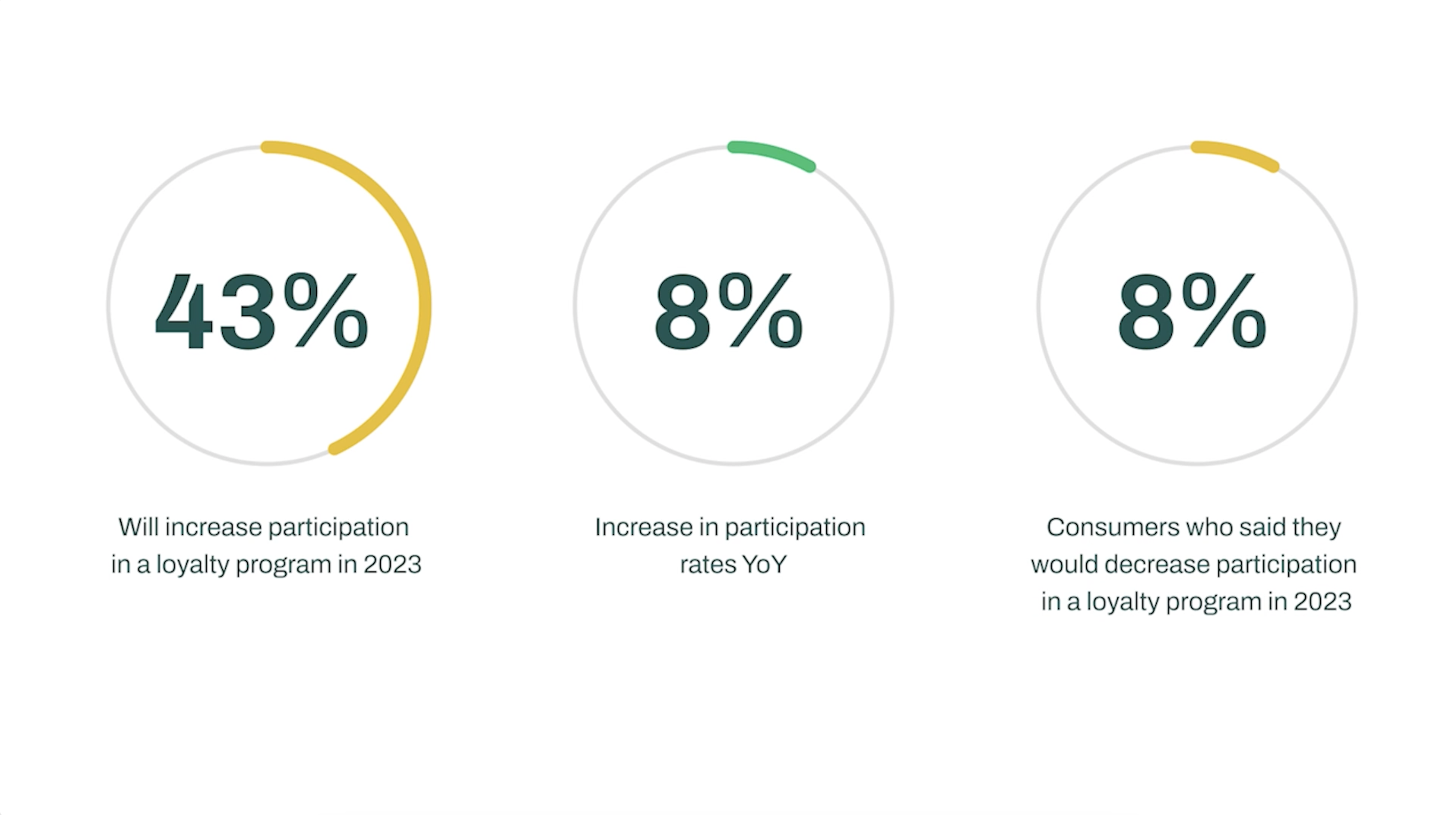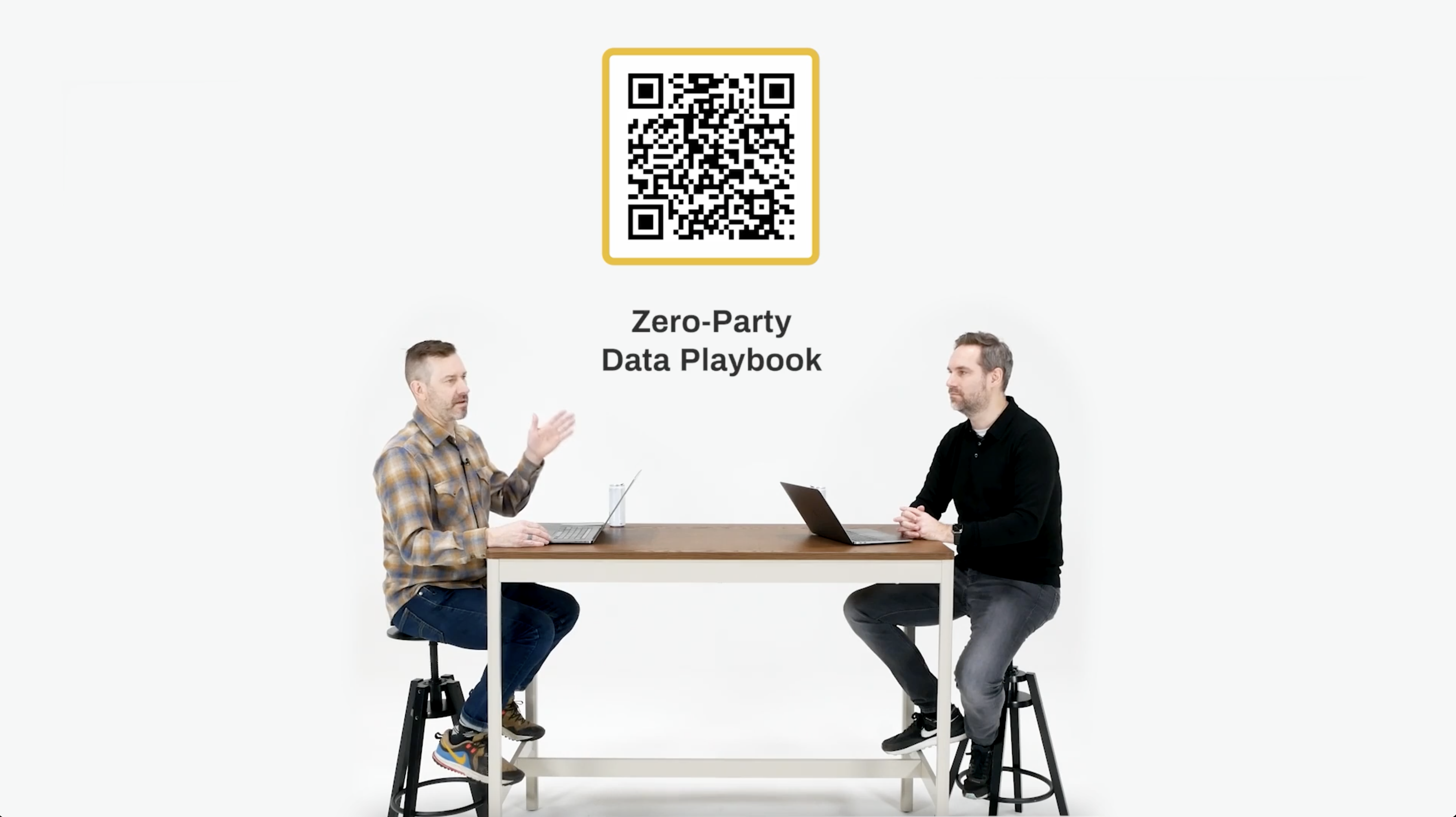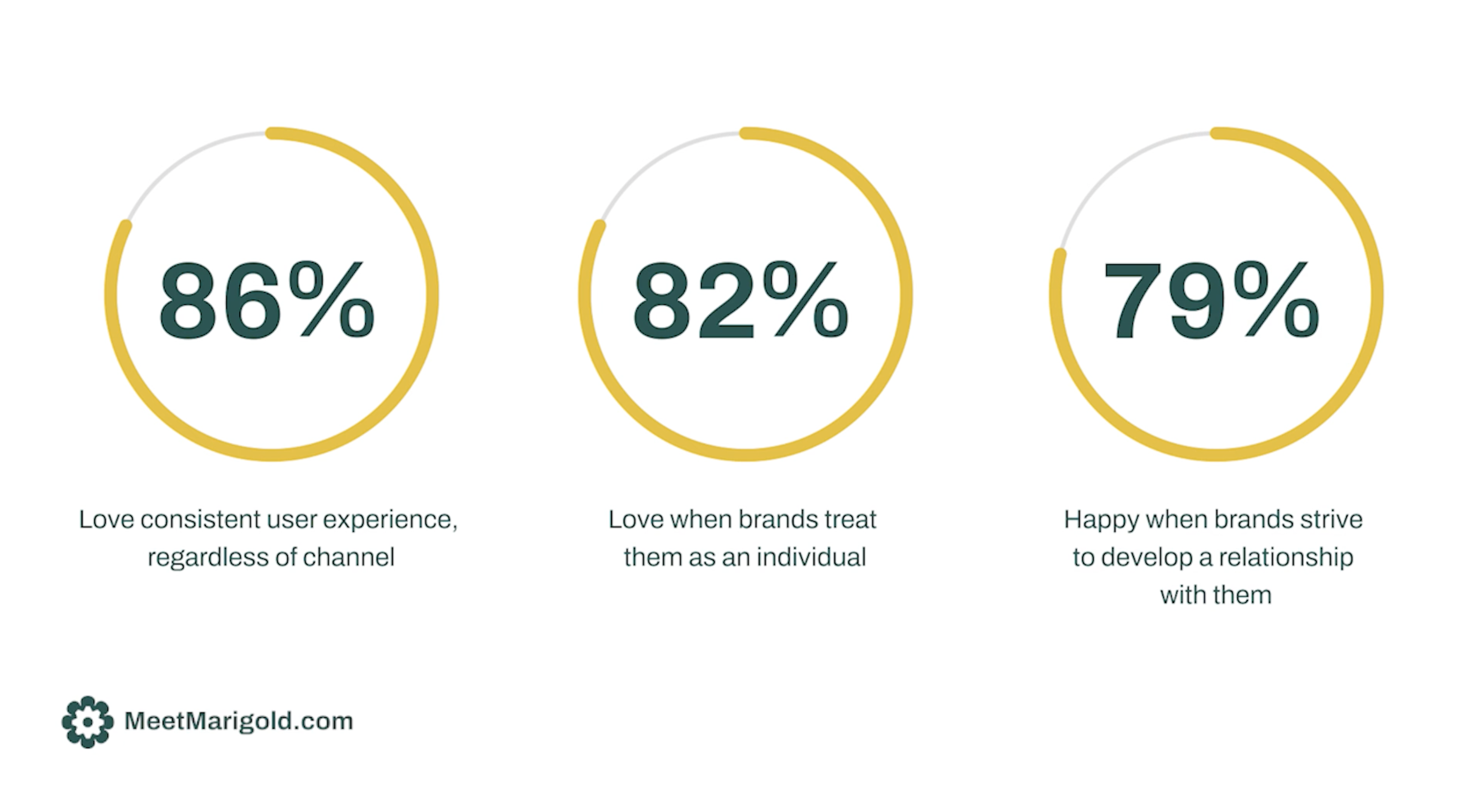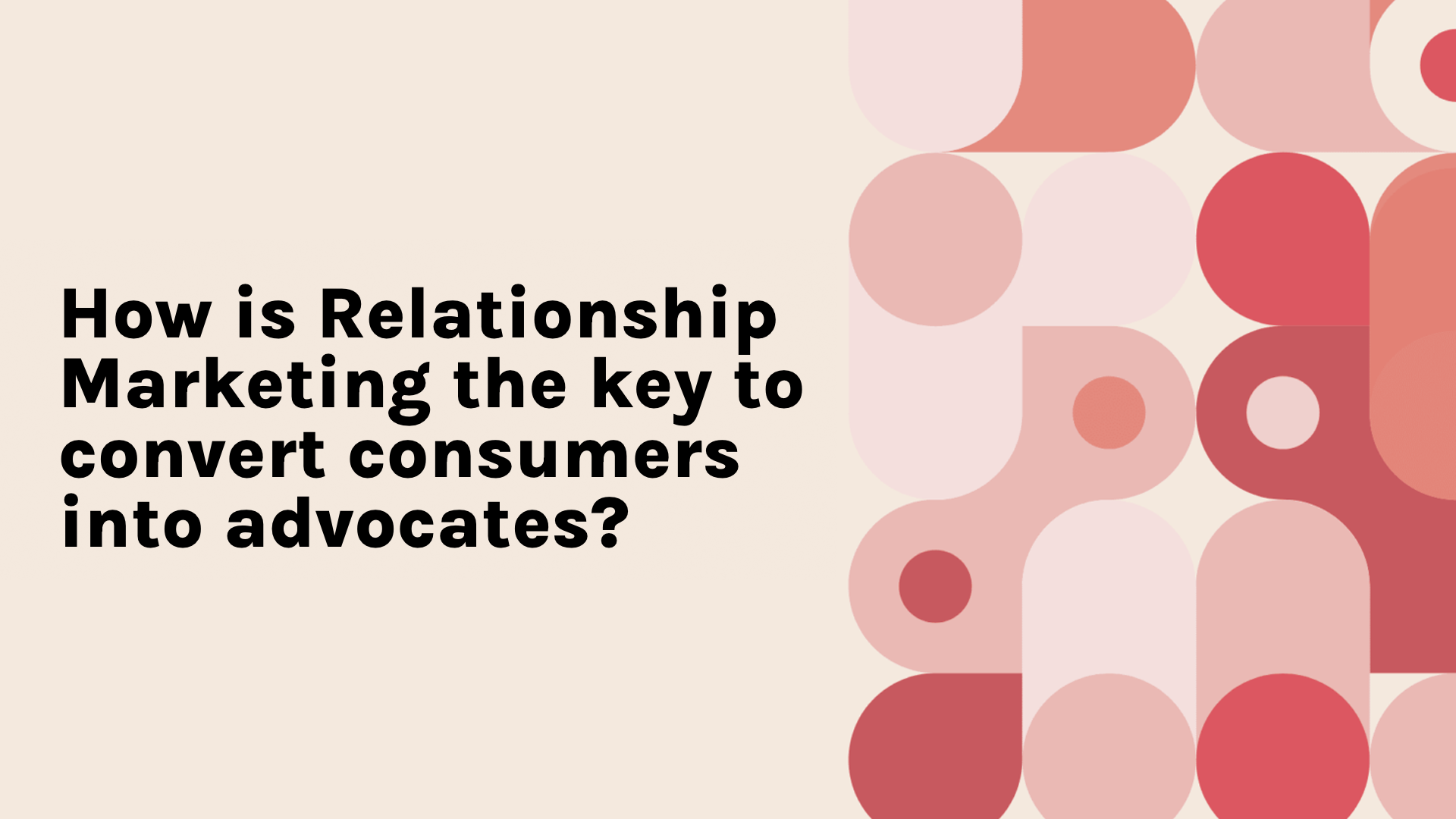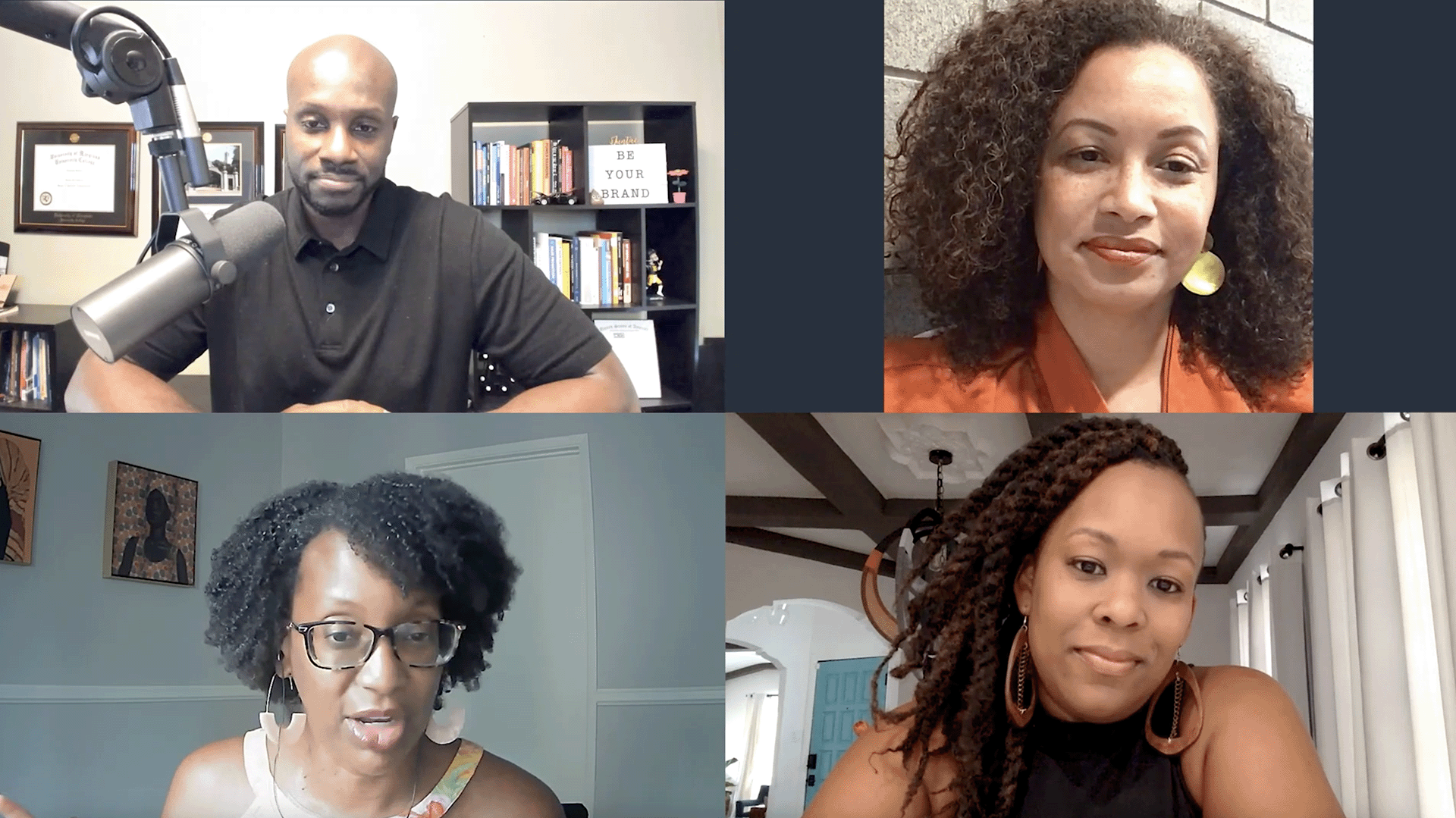Building Customer Loyalty Through Segmentation and Personalization at MS Schippers
- 0.5
- 1
- 1.25
- 1.5
- 1.75
- 2
Tim Glomb: Today I am in De Campin, which is the Center of Agriculture here in the Netherlands. And this stable is owned and operated by MS Schippers, one of the Globe's leading providers of agricultural products. Now I'm going to learn today how they use Selligent Marketing Cloud and specifically the email channel to drive engagement, deliver personalization, and provide loyalty programs to their customers. I'm going to learn how Bram does it all with our platform right now. Let's dig in. Well Bram, thank you for the invite to your working farm and these beautiful stables. And I wish this was not only television today, but I really wish that the viewers had smell of it, because they would get the full experience of what these stables are. It's actually great. Tell me what your role is here at MS Schippers, and what you're responsible for.
Bram Scholten: Well, I'm responsible for email marketing and email automation. So it's also a bit weird for me to actually be in a farm. Normally I,
Tim Glomb: This isn't your office, you're not sending emails from here?
Bram Scholten: No, luckily not.
Tim Glomb: Okay.
Bram Scholten: But in MS Schippers, I'm responsible for all the emails that we send out for all the 12 countries that we are active.
Tim Glomb: 12 Countries. Okay. Well, I have to admit, what does MS Schippers do? I'm not totally clear. So give us the 20, 000 foot overview of what services you provide. Who are your audience? Who are your customers?
Bram Scholten: Well, with MS Schippers, we aim to be the partner for the professional livestock farmer.
Tim Glomb: Livestock farming. Got it.
Bram Scholten: Yeah. So professional livestock farmers, we try to have everything that they need, that they can buy for buy with us.
Tim Glomb: That could be equipment, that could be feed, that could be cleaning supply. Just literally everything?
Bram Scholten: Everything except the feeds.
Tim Glomb: Okay. All right.
Bram Scholten: So all the equipment that they need in stables and stuff we provided for them.
Tim Glomb: Milking machines. Okay.
Bram Scholten: Milking machines, nutrients for in the water, all that kind of stuff. And we do that globally because we want to focus on reducing the use of antibiotics in livestock farming, because that is the main issue that we have currently.
Tim Glomb: That's your main goal. You exist to help eliminate or lower antibiotics in meat?
Bram Scholten: Yeah. Yeah.
Tim Glomb: Okay.
Bram Scholten: Definitely. Because in 2050, the number one case of death will be that bacteria are resistant to antibiotics.
Tim Glomb: Too many antibiotics. They build up an immunity to it and they no longer work. So again, the professional livestock farmer, that's your audience.
Bram Scholten: Yeah.
Tim Glomb: How many customers do you have when it comes to email? What kind of numbers are we talking about here?
Bram Scholten: We have currently around 80,000 people in our user base,
Tim Glomb: Wow.
Bram Scholten: That we want to communicate to. Yeah. There's also globally, so then it adds up real quickly.
Tim Glomb: Yeah. All right. Well let's talk a little bit about email. That's your business and that's what we're doing for you, the Selligent Marketing Cloud. Talk to me about your email program. What does it consist of? What's the reason? What kinds of emails and what are you trying to achieve with that channel?
Bram Scholten: With email, we try to create loyal customers with us, because we see if people are loyal, they tend to stay customer for a longer time. So we send out single batch journeys just to highlight some promotions that we have. But we also have some educational newsletters in which we really show how farmers should do the things in the stables.
Tim Glomb: Oh, got it. So there's a value add. Not only are you just saying, " Hey, we have this milking machine on sale," or" we've got this other thing for you to buy."
Bram Scholten: No, no.
Tim Glomb: You're truly sharing education, et cetera.
Bram Scholten: Yeah, we do. And we try to do that as personal as possible. So in inaudible, we have a lot of stables all mixed up. So for example, as this one, you have a dairy farm, but you can also have a dairy farm with a pig farm included,
Tim Glomb: Got it.
Bram Scholten: Or a dairy farm that also has some poultry divisions there.
Tim Glomb: Okay.
Bram Scholten: So also in our emails, we try to segment as much as we can to really get the right message to the right customer.
Tim Glomb: Well that's huge. Look, we like to talk in terms of relationship marketing.
Bram Scholten: Yeah.
Tim Glomb: All right? We believe there are four stages of relationship marketing, and the first one is you have to take an unknown consumer of some sort and turn them into a known contact. How are you doing that at MS Schippers? Is it somebody comes and purchases something and then all of a sudden they opt into the marketing emails? Or what are the ways are you acquiring customers into your database?
Bram Scholten: We actually have multiple ways to do that. For example, if a customer find us online and they place an order, they are automatically added to the welcome flow and all stuff to really get them to see what MS Schippers does. But with MS Schippers, we also have a whole sale department. So we also actually visit customers to see how their stables work.
Tim Glomb: Oh wow.
Bram Scholten: And how they do it and how they can improve it.
Tim Glomb: That's a real hands on approach.
Bram Scholten: And that's actually how we started, because Martien Schipper, the founder of MS Schippers, he, at first, he sells cigars, so he just went around on his bike selling cigars to companies around him. And often they were farmers. So they talked what they were running into, what issues they had.
Tim Glomb: What problems they had.
Bram Scholten: Indeed. And then he was like, " Oh, I think I can solve those issues." Because he also, his wife had a pet shop, so she had some products that he can use for the farmers. So in that way from selling cigars, it shifted more or less to selling stuff for farmers.
Tim Glomb: That's awesome.
Bram Scholten: And that grows and grows.
Tim Glomb: Well, that's the definition of personalization, right?
Bram Scholten: Yeah.
Tim Glomb: You build a relationship, you know somebody on your route, you're selling cigars, they have a problem, you go and find it and you personalize the solution. So personalization is in the heart of what MS Schippers does.
Bram Scholten: Yeah. Yeah. It is.
Tim Glomb: It truly is.
Bram Scholten: Yeah.
Tim Glomb: That's great. All right, well let's talk a little bit about stage two in relationship marketing, which really is about engagement. You talked about segmentation, you talked about the ability to personalize. What are some things that you're seeing or doing with the Selligent platform too to understand that engagement? Give us some examples of how people can interact with the emails or the company.
Bram Scholten: We make great use of the intra sect that we have in Selligent. So we send out for new customers, we send out a more or less global newsletter with some topics that we find important for our company.
Tim Glomb: Sure.
Bram Scholten: And based on the clicks that they do, they end up in a new flow to give them more information about the things that they wanted, more information.
Tim Glomb: Got it. So you'll start with a wide journey and if how somebody interacts with a particular section of an email or particular product or category, now you'll push them into different journeys.
Bram Scholten: Yeah. Indeed.
Tim Glomb: So it really is journey orchestration.
Bram Scholten: Yeah.
Tim Glomb: Okay. That's a huge part of the engagement.
Bram Scholten: Yeah. It's also a bit of a puzzle to see how it all works together and to see how you can manage all that.
Tim Glomb: Well, I'm going to ask you, how does our platform help you manage that? Even from a metrics perspective, being able to see where people are moving and which journeys are working, which ones aren't?
Bram Scholten: Well, I find it very useful to see how that you can really see where people clicked on and who clicked where to see and what segment they end up in. And also with the segment builder, you can create some very specific target groups to continue your whole flow with. So an example that we have is we send an email for customers who bought... Do we have it here? It's behind you. But there is for people who bought a disinfection mat.
Tim Glomb: Okay.
Bram Scholten: And it's used for cows to walk over to clean their hooves.
Tim Glomb: All right, great. That's engagement 1 0 1, right? But stage three of relationship marketing is personalization. It's so important that it's an entire stage in the relationship marketing strategy. Can you tell us what are your hopes and dreams? What are your future plans at that one to one personalization level?
Bram Scholten: Well now we are starting to use auto data from our customers in Selligent, but we're not at a level that I personally want to be. So in the end, ideally we would actually see what products people buy and what they don't buy to really target on that and segment to be as personal as possible. To show for example, you, " Hey, this product is absolutely relevant for you because you bought these three products and this one you don't and you need that one. And we saw with the data from a website that you've viewed this product three times before, so we know you're interested in it."
Tim Glomb: Yep. Let's talk about that a little bit because you've got all these different signals, right? You've got signals. Somebody's on your website, whether an email got them there, or they just came because they needed to refill a product or something. So you've got website signals, you've got engagement signals from inside the email, you have this great library of content, both on the products they might be looking for, but as well as just farming general 1 0 1. Is that what you're thinking? Personalization will listen to all these signals and get you the right message, right time and right channel, et cetera.
Bram Scholten: Yeah, definitely. And also in that part, we have the sales department that actually visits the farm. So we want to use their data as well in our communication,
Tim Glomb: Sure.
Bram Scholten: To really make a whole out of it and have a full 360 perspective, to create the best personalized message there.
Tim Glomb: It makes sense. And look, this is white glove service when you go out to see somebody's farm and a customer. Let's talk a little bit about data. You brought that up. You're already progressive profiling some of your customers.
Bram Scholten: Yeah.
Tim Glomb: Can you explain in ways you're doing that and some of the tactics you're using to get more information, the zero party data from them?
Bram Scholten: Of course. For example, we use the intra sect at first that we start with and then we follow it up with actually surveys, or customer panels to visit, to ask the customers to come to our headquarters to have a tour around how they should do it. And we ask them, " Hey, what do you find interesting? What do you miss from us? How we can improve ourselves?" All that kind of ways.
Tim Glomb: This is great. I mean this is listening, which is another part of building a relationship. You can't talk at your customers all the time.
Bram Scholten: No.
Tim Glomb: You have to listen, too.
Bram Scholten: No. That's what we really find important.
Tim Glomb: Absolutely. That's zero party data. Data explicitly declared from a consumer or customer directly to you. We talked a little bit about acquisition, the engagement, personalization. Now we have to get to loyalty.
Bram Scholten: Yeah.
Tim Glomb: That's the fourth stage, right? You have to build retention and build some loyalty. And you actually have a loyalty program right now. Can you explain what that looks like with your customers?
Bram Scholten: Yeah, we have a loyalty system and in that system we look at the number of transactions customers did with us.
Tim Glomb: The things they've been buying, how frequently, how many purchases they've made?
Bram Scholten: Indeed, and based on those transactions, they get a specific level with a number of inaudible accounted to it.
Tim Glomb: Got it. So kind of like a tiered loyalty program. You've made X amount of purchases, so you're at this level. Got it.
Bram Scholten: Yeah. And each tier has specific benefits, such as a higher discount, professional... A personalized contractor and stuff.
Tim Glomb: Got it. So you'll go out and do a visit if they've reached a certain level. They get bigger discounts as you mentioned. How's that working for you? I mean, is the loyalty program something that really keeps them engaged and keeps the revenue coming up?
Bram Scholten: Yeah. It really works for us because we have three options, an email that we can send them each month, and get a little update about how they are doing in our program. And if they are in reach of the next tier, they get an email like, " Oh, you need to spend a bit more or place one more order to get to the next level, and you get these benefits as well." On the other end, we also have the one, if they tend to lose a level,
Tim Glomb: Oh, if they've dropped down a level.
Bram Scholten: Yeah, we are like, " Oh, be aware that you might"...
Tim Glomb: Slip.
Bram Scholten: "Slip down. So place an order to keep these benefits that you currently have."
Tim Glomb: Got it. Okay.
Bram Scholten: And then the final one is if they already spend enough or place enough orders for next month to go up, then a get a bit of a celebration email from us, like, " Oh hey, you did a great job. These are the benefits that you have."
Tim Glomb: This is great. I mean it looks like you've got all the bases covered. Do you have a giant email team, to power all this? Who's actually pushing the buttons and making all this email happen?
Bram Scholten: The whole automation part is me, just me.
Tim Glomb: Wow.
Bram Scholten: So that's a bit of struggle to do it for all the countries.
Tim Glomb: But that's great. I mean you're achieving all these great things. You've got a loyalty program, you got multiple journeys, you get all this, and it's basically you, setting up these automations.
Bram Scholten: Automation is basically me. But we also have in each country, because Schippers is growing and growing. And we have offices in Spain, Italy, France and so on.
Tim Glomb: Wow.
Bram Scholten: And then each of those countries we have a marketer or a junior email marketer. And I really guide them to see how they can get the best out of email marketing for their country. Because there are also some differences between each country that you are in.
Tim Glomb: Yeah, I would imagine. I mean you've got language, you've got just different needs in different countries.
Bram Scholten: Yeah.
Tim Glomb: Talk to me a little bit about how the Selligent platform helps manage that, right? As you scale out, you keep a brand top down approach. Is the platform intuitive to help you manage all that?
Bram Scholten: Yeah, for me it is. And also for the other people that use it. It's very clear. Everyone gets their own folders and stuff and it's very easy to also copy newsletters from other countries because we see, " oh, in the Netherlands this worked. We can try it in Belgium. Or this was a great success in Italy, let's use it in Spain." So you can really easily duplicate stuff.
Tim Glomb: Quickly, scale and be efficient.
Bram Scholten: Indeed.
Tim Glomb: And learning what's working, and implement it in another area. That's great.
Bram Scholten: And see if something did really work in one country, how can we optimize it in another country to see if it works there and copy it back then to the original country that we send it out to.
Tim Glomb: Be efficient, use what works. How about the metrics? Can you view the metrics at that local level per country, but then also in aggregate across the entire company?
Bram Scholten: Yeah.
Tim Glomb: And what are you learning from that, going into the platform? Is that a very helpful tool to be able to see everything all at once?
Bram Scholten: Yeah, definitely. Because in that way you can easily see the difference between the countries and what works in specific countries. So over the countries, you have specific campaigns that we run out in all the countries.
Tim Glomb: Sure.
Bram Scholten: And then it's nice to see what the differences are between the countries. But also if you look for example in Spain, what works there, then you can really optimize the specific emails that you want to send out there.
Tim Glomb: Well, Bram, I've learned a lot about you. I've learned a lot about your business. Your relationship, marketing, rock stars. But you're also an email guy and we happen to know email is the number one channel. Consumers have said So, our Consumers Trends Index, it's by far the number one channel that people buy from and it's the one that they want to keep with brands. What's your hope and feel for email and why do you love email so much as a channel?
Bram Scholten: So why I love email that much is you can really be personalized and you can really target specific people with the message that you want to convey. And of course you can... I see email as a bit of a puzzle. I'm a big puzzle guy myself. And with email, you can build it up in a way that you know this one will work. Or when I make an email and I'm ready to send it out, for example,
Tim Glomb: You get excited?
Bram Scholten: I get excited.
Tim Glomb: He gets excited.
Bram Scholten: And I'm like, " I know this one will do it because I put all the right pieces in to really convey my message and to get people to place the order or to get excited or interested in what we send out at MS Schippers."
Tim Glomb: I totally agree. You're passionate about email. I love email as well. We hope our audience loves email. Get yourself an email platform. We have one. It's Selligent here. Bram, it's been great to talk to you. I really appreciate your time. I appreciate the tour of the stables.
Bram Scholten: Glad to have you.
Tim Glomb: Yeah, well, I will come back. How about that? Could I come back next year?
Bram Scholten: Definitely.
Tim Glomb: We'll see what you're doing next year. Thanks again for watching. This has been MS Schippers and Bram here. Hope you learned something. We'll see you on the next one.
DESCRIPTION
Based in the Netherlands, MS Schippers serves livestock farmers and is dedicated to reducing the use of antibiotics in farming. Launched as a family business over 50 years ago, the brand now sells agricultural products to farmers in over 40 countries along with consultation services and customized solutions for professional livestock farming. Email has been one of the brand’s primary channels for growing their audience, for sales and for cultivating a personalized connection with each of their customers.
Join us for an informative session on how MS Schippers uses Selligent Marketing Cloud’s data and segmentation tools to create new audience segments and launch a highly successful loyalty program.
Takeaways:
- MS Schippers has leveraged Selligent’s audience builder tool to create distinct groups of customers and customer journeys that have increased average order value and brand loyalty.
- MS Schippers has strengthened its loyalty program with automation that alerts its best customers about their membership status and incentives to keep their shoppers engaged if there’s been a lapse in engagement.
- MS Schippers has relied on Selligent’s database and personalization capabilities to create a marketing strategy that unifies a team of 450 employees in 14 different offices. Data is shared across countries and across different business teams in a streamlined, efficient way.
Today's Guests
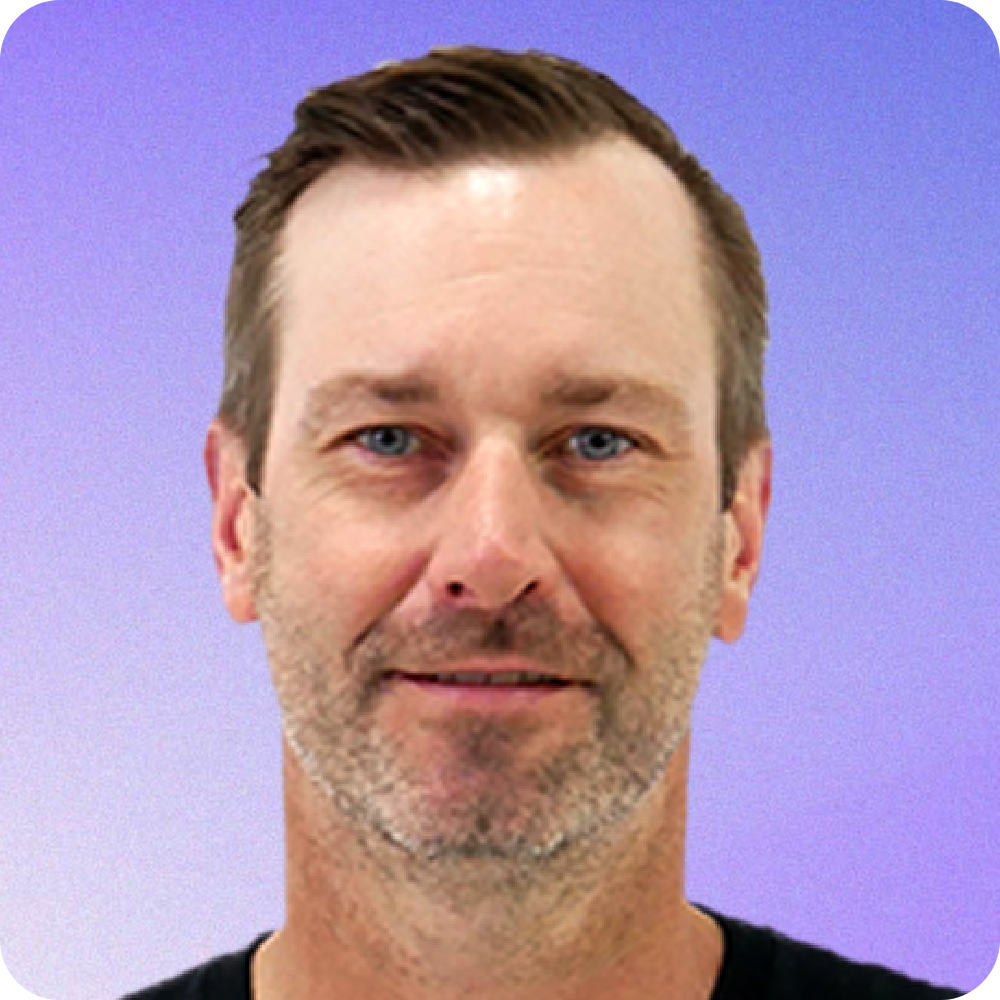
Tim Glomb


